“The labor of tongues. Inscribed to stone. The labor of voices.” — Theresa Hak Kyung Cha
Slought is pleased to announce “Recitation and the Politics of Listening,” a conversation about listening and recitation as an act of political and social intervention, on Thursday, November 3, 2022 from 5:30-7pm. This program is free and open to the public, and will be held online via Zoom. Special thanks to the Price Lab for Digital Humanities at the University of Pennsylvania for sponsoring this event.
To recite and repeat: it carries across cultures and mediums, linking the ancient ars memoria to our digital environments of machine listening. This event brings together artist and software theorist Fabiola Hanna, artist, filmmaker, and writer Lana Lin, comparative literature and media scholar Julie Beth Napolin, and Black feminist theorist Brittnay Proctor-Habil to discuss the implications of voice-to-text technologies and practices of recitation in filmmaking, algorithmics, and collecting/archiving.
Recitation is usually taken to be an ideological and pedagogical practice where the subject parrots the authorities. This evening takes up a series of contrasting approaches. In her film The Cancer Journal Revisited (2018), Lin presents a chorus of voices reciting Black feminist poet Audre Lorde’s 1980 memoir of her cancer experience, listening for its activation in other bodies. As part of her digital storytelling project We Are History: A People’s History of Lebanon, Hanna has been writing software that automatically threads together individual testimonies about the contested histories of Lebanon into constructed conversations about those remembered events, and reflects on how speaking, listening, and being heard are translated into code. In Minnie Riperton’s Come to My Garden and other projects, Proctor-Habil collects and cares for LP records and compact discs in order to trace, as Black feminist practice, the sonic and visual discourses of gender and sexuality in funk music in the United States post-1960. In The Fact of Resonance (2020), Napolin reflects on the politics of voice-to-text, both in its old and new media configurations, pursuing resonances between textual objects across time and space.
Sharing excerpts of their work, they will discuss how to care for voices of the past and present, recitation activating new spaces for listening as an act of political and social intervention. Can recitation be a form political memory and care? How does recitation intersect with other forms of archival practice, from record collecting to databases?
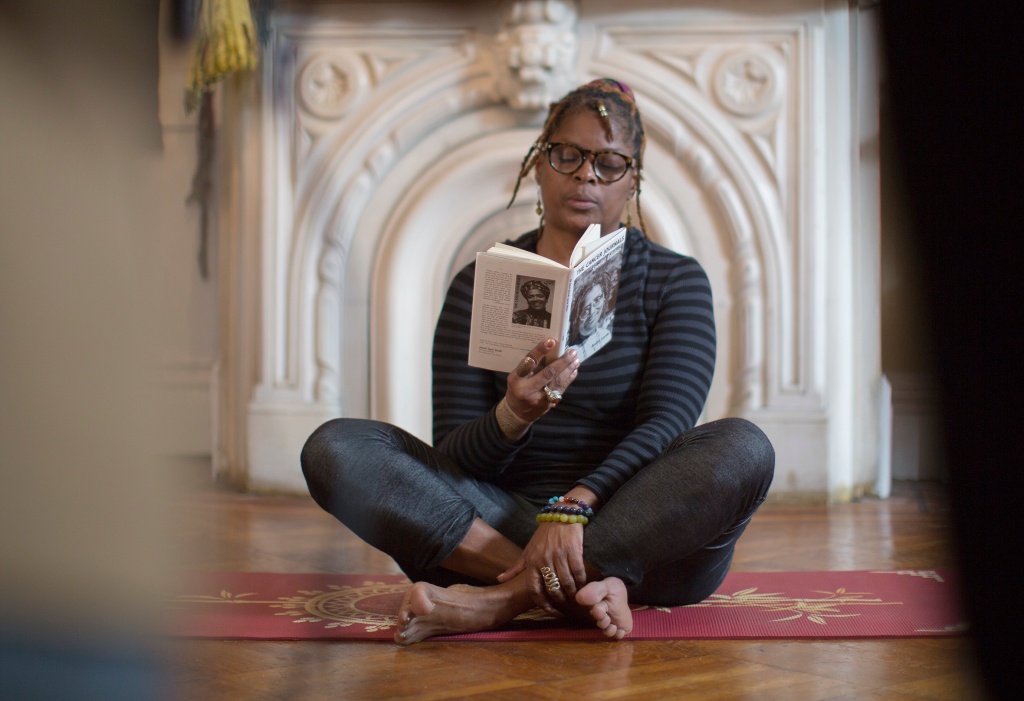
From Lana Lin, The Cancer Journals Revisited (2018). Courtesy of the artist.

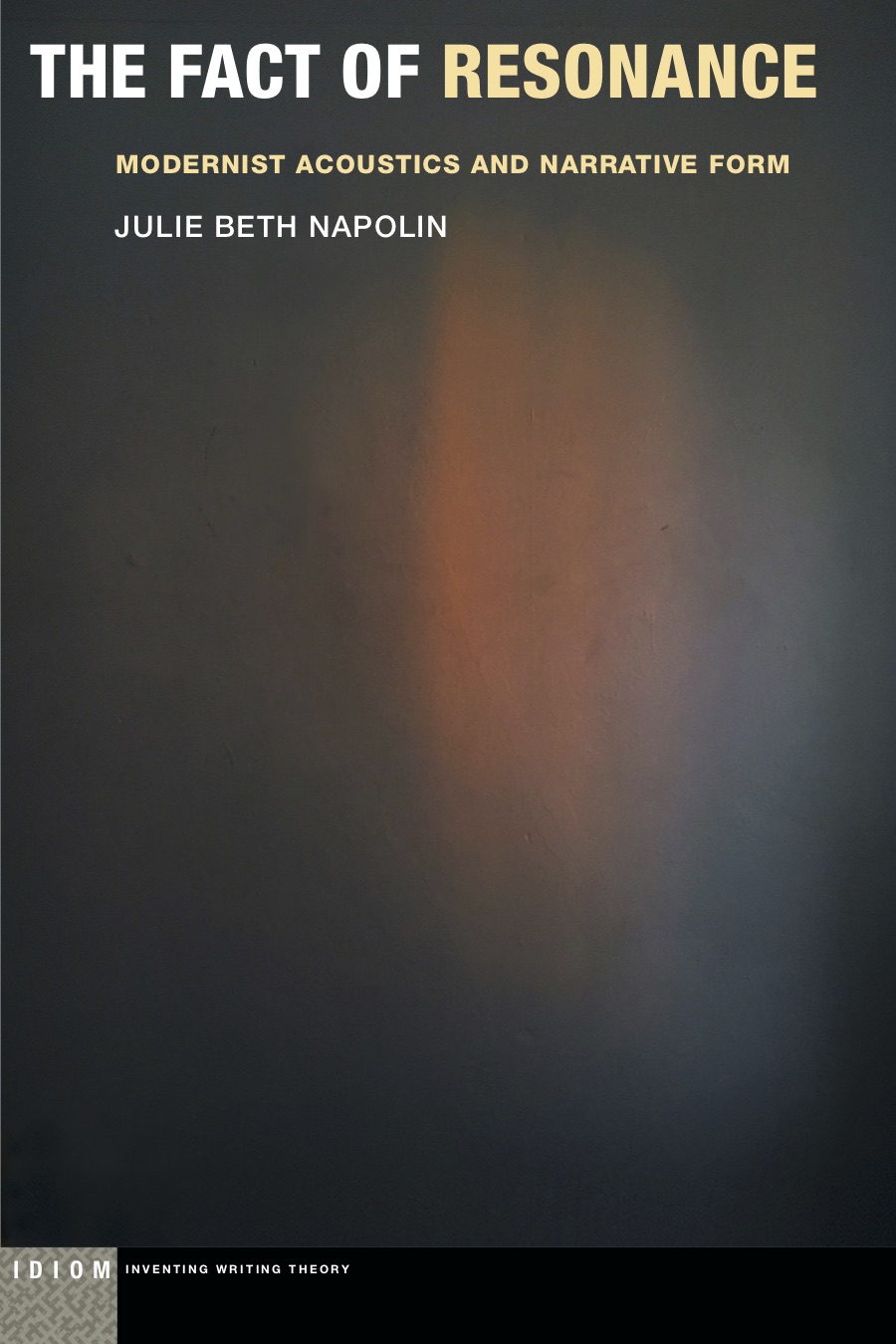
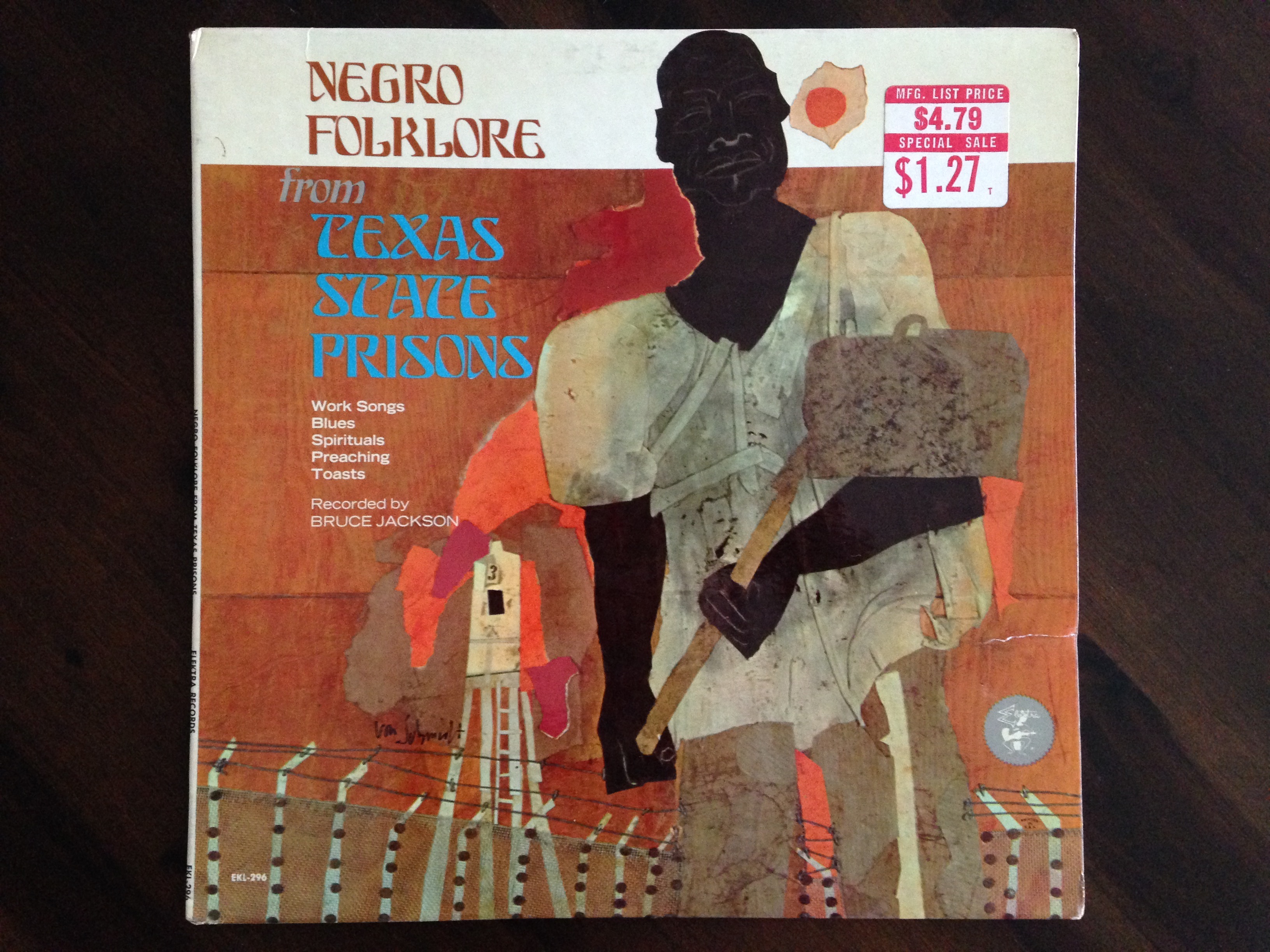

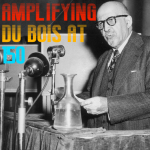 Inspired by the recent Black Perspectives
Inspired by the recent Black Perspectives 

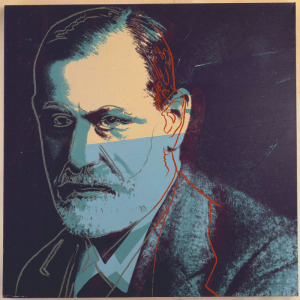
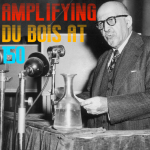 Inspired by the recent Black Perspectives
Inspired by the recent Black Perspectives